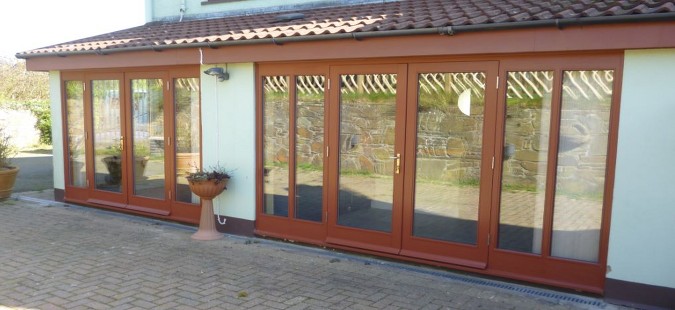Bespoke Timber Windows
Crafting Timeless Elegance: The Art of Bespoke Timber Window Manufacturers in Scotland
In the rugged landscapes and historic cities of Scotland, bespoke timber window manufacturers stand as guardians of tradition and artisans of craftsmanship. With a rich heritage steeped in centuries-old woodworking techniques, these craftsmen blend artistry, innovation, and expertise to create bespoke windows that adorn homes, buildings, and landmarks across the country. From the rolling hills of the Highlands to the bustling streets of Edinburgh, bespoke timber window manufacturers in Scotland embody a legacy of excellence, elegance, and enduring quality.
At the heart of bespoke timber window manufacturing in Scotland lies a deep reverence for the natural beauty and versatility of wood. From the rich hues of mahogany to the warm tones of oak, Scotland’s native timber species provide an abundant palette of colors, textures, and grains that serve as the foundation for exquisite window creations. Each piece of timber is carefully selected for its quality and character, ensuring that every window crafted is a unique work of art that showcases the intrinsic beauty of wood.

One of the defining characteristics of bespoke timber window manufacturers in Scotland is their commitment to craftsmanship and attention to detail. Unlike mass-produced windows, which often prioritize efficiency and cost-effectiveness, bespoke timber windows are crafted with precision and care, using time-honored techniques passed down through generations. From the intricacy of hand-carved details to the precision of mortise-and-tenon joints, every aspect of the manufacturing process is executed with meticulous attention to detail, resulting in windows of unparalleled quality and craftsmanship.
Bespoke Timber Windows
Moreover, bespoke timber window manufacturers in Scotland offer a level of customization and personalization that is unmatched by off-the-shelf alternatives. Clients have the opportunity to work closely with artisans to design windows that reflect their individual tastes, preferences, and architectural style. Whether seeking traditional sash windows for a historic restoration project or contemporary casement windows for a modern home, bespoke timber window manufacturers can tailor their creations to meet the unique needs and specifications of each client.
In addition to their commitment to craftsmanship, bespoke timber window manufacturers in Scotland are dedicated to sustainability and environmental responsibility. Many artisans source their timber from responsibly managed forests, ensuring that the wood they use is harvested in a way that promotes conservation and regeneration. Additionally, by prioritizing durability and longevity in their designs, bespoke timber window manufacturers create windows that stand the test of time, minimizing the need for replacement and reducing waste over the long term.
Bespoke Timber Windows
Furthermore, bespoke timber window manufacturers in Scotland play a vital role in preserving the architectural heritage of the nation. Many historic buildings and landmarks throughout Scotland feature bespoke timber windows that have been meticulously crafted to match the original design and style. By employing traditional techniques and materials, artisans ensure that these windows maintain their authenticity and integrity, preserving the character and charm of Scotland’s built environment for future generations to admire.
Moreover, bespoke timber window manufacturers in Scotland are not only artisans but also innovators, continually pushing the boundaries of their craft to explore new techniques, materials, and designs. From experimenting with sustainable timber treatments to incorporating advanced glazing technologies, these craftsmen embrace innovation while staying true to the timeless principles of woodworking that have defined their craft for centuries.
Bespoke timber window manufacturers in Scotland represent the epitome of craftsmanship, elegance, and innovation. With a deep appreciation for the natural beauty of wood and a commitment to excellence in every aspect of their work, these artisans create windows that are more than just functional elements; they are works of art that enhance the beauty, character, and value of any space they adorn. From historic landmarks to contemporary residences, bespoke timber windows stand as enduring symbols of Scotland’s rich heritage and timeless elegance.



